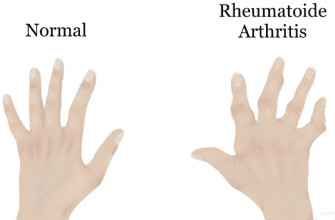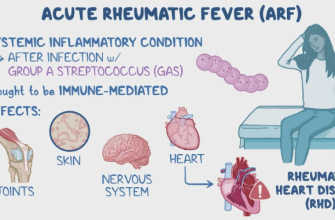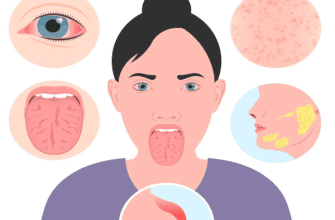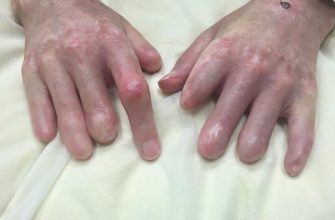What Is Bacterial Conjunctivitis?
Bacterial conjunctivitis (“pink eye”) is an eye infection caused by bacteria (e.g., Staphylococcus aureus, Streptococcus pneumoniae, Haemophilus influenzae). It spreads easily through direct contact with infected fluids or surfaces.
Key Features (CDC):
- Highly contagious (unlike allergic/viral conjunctivitis)
- More common in children (due to close contact in schools)
- Usually affects one eye first, then may spread to the other
Symptoms (American Academy of Ophthalmology – AAO)
✔ Yellow/green discharge (pus) that crusts overnight
✔ Redness in the white of the eye
✔ Gritty feeling (like sand in the eye)
✔ Eyelids stuck shut upon waking
✔ Mild swelling of eyelids
Unlike viral/allergic conjunctivitis:
- No itching (more common in allergies)
- No watery eyes (typical of viral cases)
Diagnosis (Mayo Clinic)
- Slit-lamp exam (by an eye doctor)
- Culture test (if severe/recurrent, to identify bacteria)
- Rule out other causes (allergies, viruses like adenovirus)
Treatment (American Academy of Pediatrics – AAP)
1. Antibiotic Therapy
- Eye drops/ointments:
- Erythromycin (first-line for kids)
- Polymyxin/trimethoprim (for adults)
- Fluoroquinolones (e.g., ciprofloxacin for severe cases)
- Improvement in 24–48 hours (full course still required)
2. Supportive Care
- Warm compresses (to loosen crusts)
- Artificial tears (for comfort)
- Stop contact lens use until healed
Prevention (CDC Guidelines)
✅ Wash hands frequently (especially after touching eyes)
✅ Avoid sharing towels/pillows
✅ Disinfect surfaces (doorknobs, phones)
✅ Stay home until 24hrs on antibiotics (for school/kids)
Red Flags: When to See a Doctor
Seek immediate care if:
- Severe eye pain (not just irritation)
- Blurred vision that doesn’t clear with blinking
- No improvement after 48hrs of antibiotics
- Sensitivity to light (possible corneal involvement)
High-risk groups needing prompt treatment:
- Newborns (ophthalmia neonatorum is an emergency)
- Contact lens wearers (risk of Pseudomonas infection)
- Immunocompromised patients







